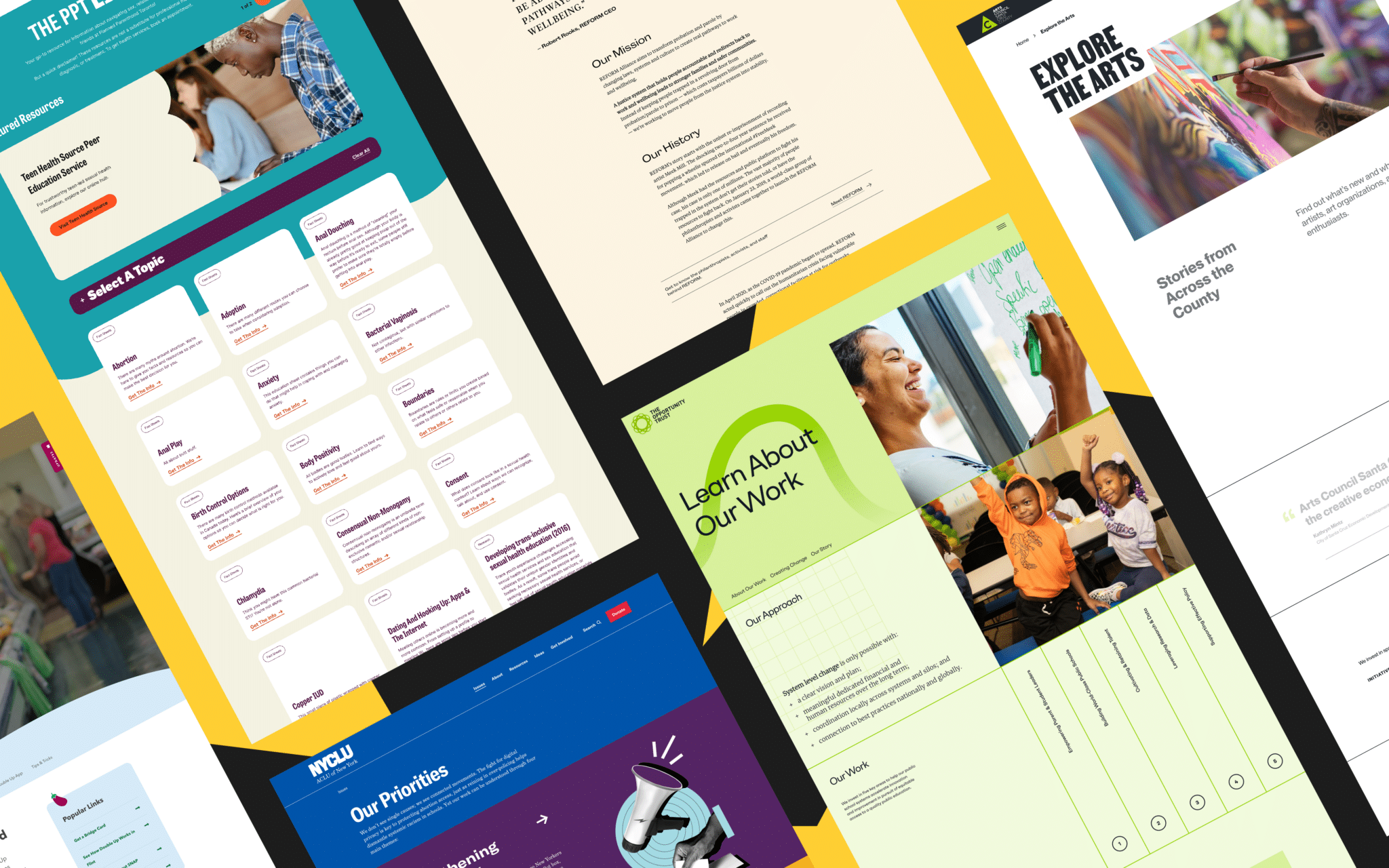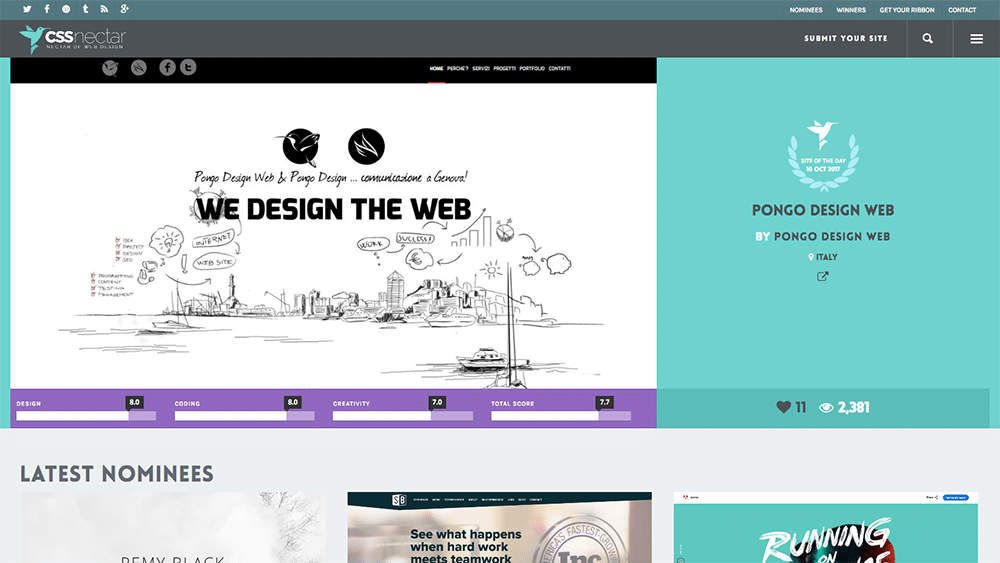Achieve Online Success With User-Friendly Website Layout
In the increasingly affordable digital landscape, the design of an internet site can be a pivotal factor in figuring out an organization's success. Straightforward design not only improves the general individual experience however likewise affects crucial metrics such as involvement, retention, and conversion prices.
Relevance of User Experience
Individual experience (UX) plays an essential duty in the success of an internet site, as it straight influences user satisfaction and engagement. A favorable UX makes sure that visitors can navigate the site effortlessly, accessibility information quickly, and full preferred activities, such as purchasing or signing up for a newsletter, without stress.
In an electronic landscape where competition is intense, a web site that prioritizes UX can dramatically improve brand name commitment and retention. Users are more probable to go back to a site that supplies a seamless experience, creating a cycle of repeat visits and boosted customer life time value. Effective UX layout can decrease bounce rates, as users are less likely to leave a website that meets their requirements effectively.
Additionally, online search engine increasingly think about customer experience factors when ranking web sites. Components such as web page load speed, mobile-friendliness, and user-friendly navigation can impact a website's presence in search engine result. By concentrating on UX, organizations not only improve customer communications but also improve their on the internet presence and integrity. Hence, spending in user experience is necessary for attaining lasting success in the electronic industry.
Trick Concepts of User-Friendly Design
An effective straightforward layout rests on several crucial principles that improve usability and access. Is simplicity; a clutter-free interface enables individuals to browse easily, decreasing cognitive tons. This principle emphasizes the relevance of concise and clear material, allowing customers to find information quickly without unneeded diversions.
Uniformity is another vital part. Consistent use designs, typefaces, and shades cultivates knowledge and develops trust fund. Individuals ought to really feel comfortable as they discover various sections of the internet site, recognizing that comparable aspects indicate associated functionalities.
Efficient typography additionally plays an essential role in easy to use design. Readable typefaces, suitable sizes, and ample spacing guarantee that web content is easily legible across numerous devices. Incorporating user-friendly aesthetic power structures helps customers identify essential details and activities at a glance.

Crucial Attributes for Navigation
Effective navigation is important for any type of straightforward website, as it directly impacts the general customer experience. A well-structured navigation system enables individuals to locate info swiftly and successfully, lowering frustration and enhancing interaction.
One vital function is a clear and intuitive menu that categorizes content practically - website design copyright. This food selection needs to be conveniently available from every page, typically positioned on top or on the side of the website. In addition, including breadcrumb navigating assists users understand their place within the site hierarchy and makes it less complicated to backtrack
Search capability is an additional crucial component, allowing individuals to find specific web content without filtering with numerous web pages. This attribute must be prominently displayed and receptive to variations in input.
In addition, a mobile-responsive design makes sure that navigating continues to be seamless throughout tools. As mobile use remains to climb, menus need to adjust to different display sizes without jeopardizing performance.
Lastly, aesthetic cues such as highlighting the energetic web page and utilizing hover effects can improve user communication. By integrating these important functions, site developers can create a navigational experience that is not just easy to use but additionally encourages expedition and retention.
Access Factors To Consider
Accessibility factors to consider are integral to developing a straightforward site that accommodates all individuals, despite their impairments or capacities (website design copyright). Websites must be made to ensure that individuals with aesthetic, acoustic, cognitive, or electric motor problems can involve with content effectively. This begins with adherence to the Internet Material Ease Of Access Standards (WCAG), which give a structure for making electronic material more easily accessible
Secret practices include additional reading using descriptive alternate text for photos, ensuring color comparison ratios meet availability requirements, and providing captions for multimedia components. In addition, the navigating must be intuitive, allowing users to tab with links and interactive aspects quickly. Applying here keyboard navigating is crucial for those unable to utilize a computer mouse.
Moreover, clear and succinct language improves understanding for customers with cognitive constraints. Types must be uncomplicated, with tags and guidelines that are understandable. Normal accessibility screening, including user comments from individuals with specials needs, can aid boost and determine barriers functionality.
Determining Design Success

User responses studies and usability testing are crucial in evaluating the effectiveness of design elements. These methods permit developers to gather direct input from users, recognizing discomfort points and locations for renovation. Furthermore, tracking heatmaps can reveal where customers click most frequently, helping to educate design adjustments and material prioritization.
Analytics tools play an important duty in determining design success by giving data-driven understandings. For example, Google Analytics can track customer habits, disclosing patterns that indicate whether the design Learn More Here is preventing the individual or facilitating journey. Eventually, an effective web site design not only satisfies organization objectives but also fosters a smooth and satisfying user experience, driving interaction and commitment over time. Regularly taking another look at these metrics ensures that the site progresses in placement with user requirements and market ideal techniques.
Final Thought
Focusing on user experience through simpleness, user-friendly navigation, and reliable responses mechanisms not just enhances customer interaction and satisfaction yet additionally promotes brand name commitment. Integrating necessary navigation functions and availability factors to consider even more ensures that all individuals can successfully interact with the site.
Sites must be developed to make sure that individuals with visual, auditory, cognitive, or electric motor impairments can engage with material properly.Gauging design success entails assessing how successfully a website satisfies its designated goals while supplying a favorable user experience. Google Analytics can track individual behavior, exposing patterns that show whether the design is promoting or preventing the individual journey. Inevitably, an effective website style not just meets business goals however additionally cultivates a seamless and satisfying individual experience, driving involvement and loyalty over time. Prioritizing user experience via simplicity, instinctive navigation, and efficient comments systems not only improves customer engagement and fulfillment yet additionally fosters brand name loyalty.